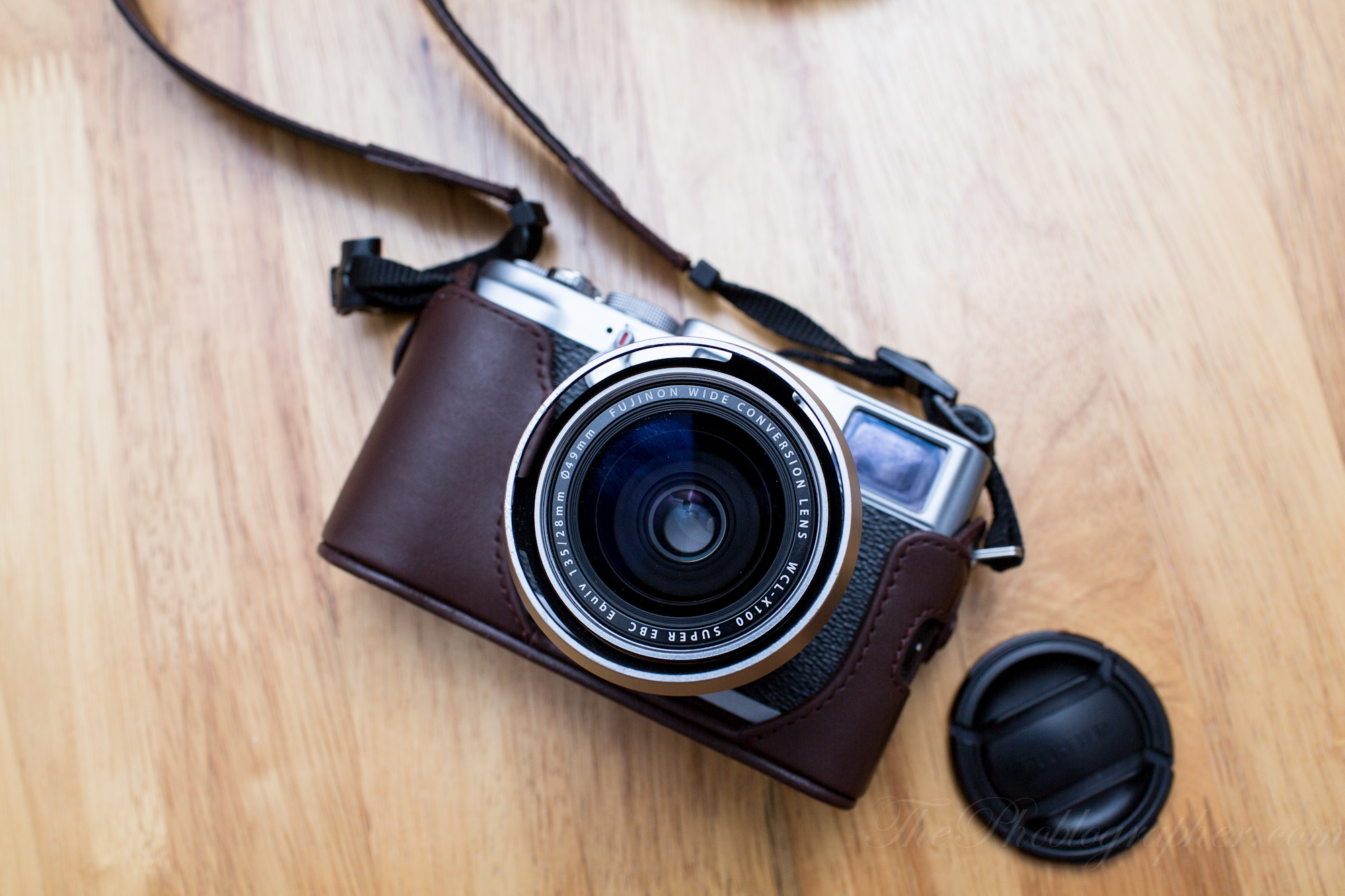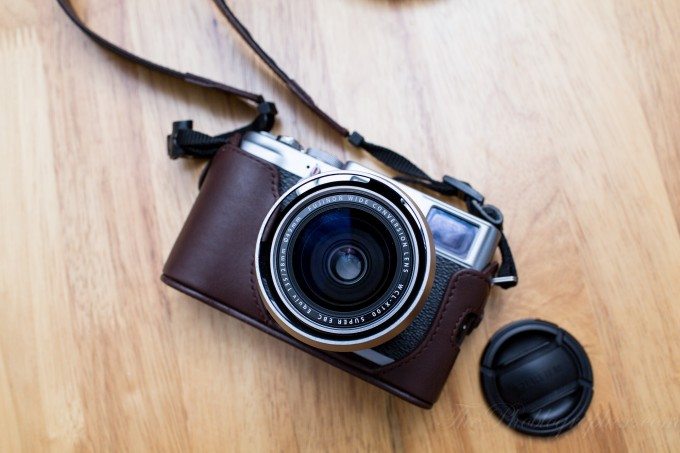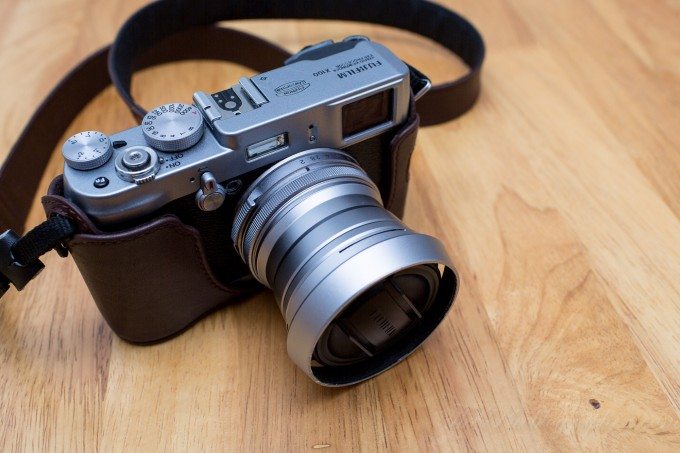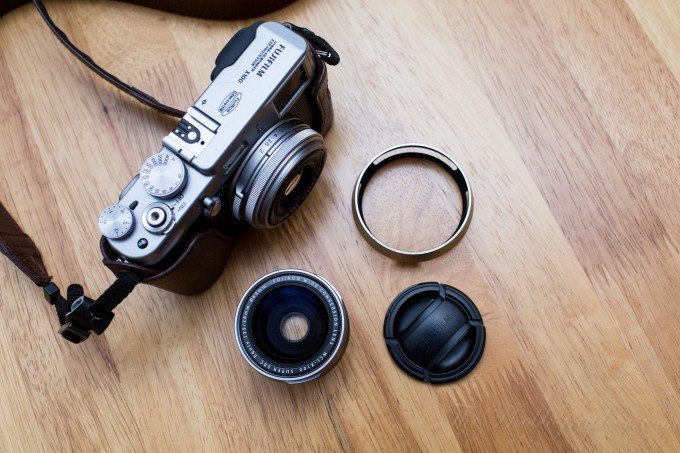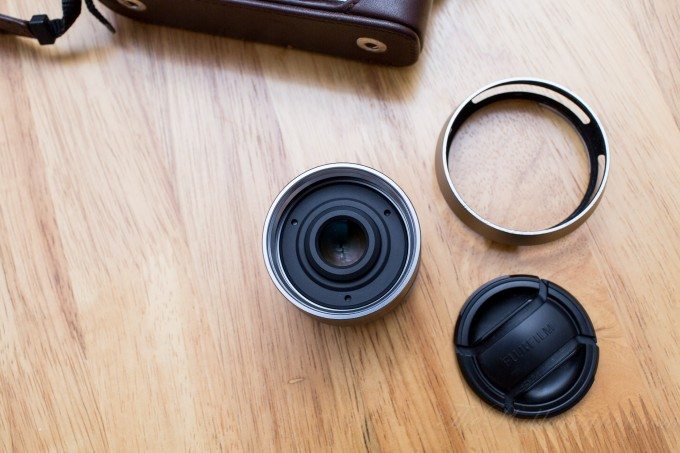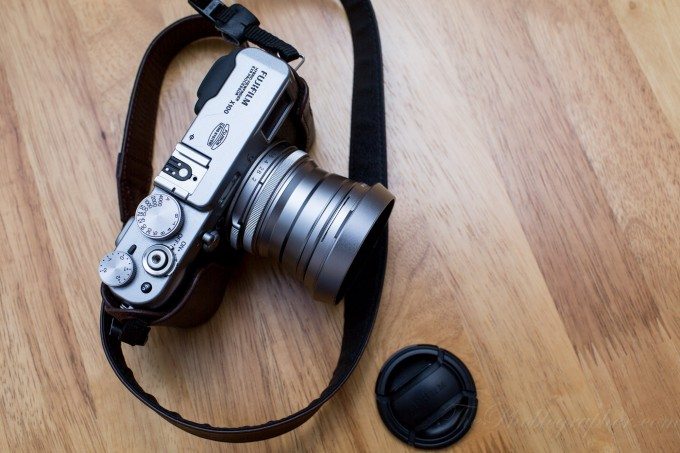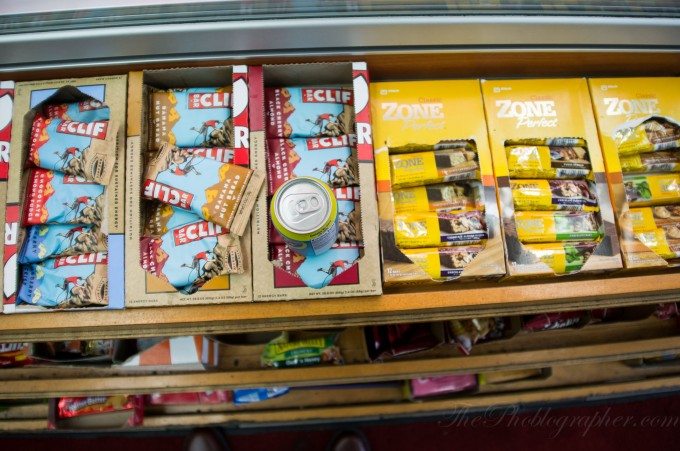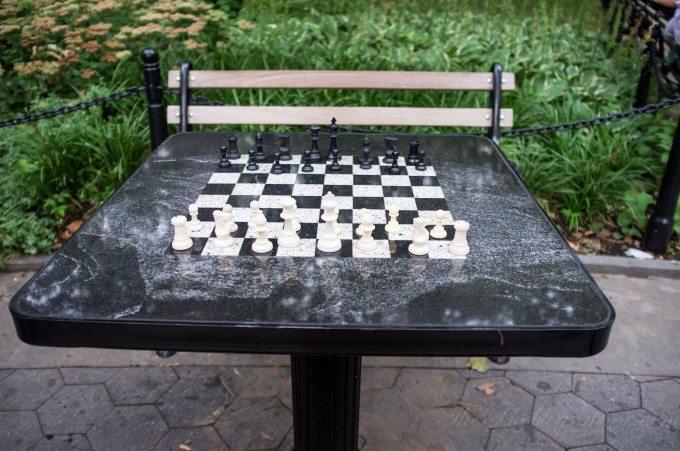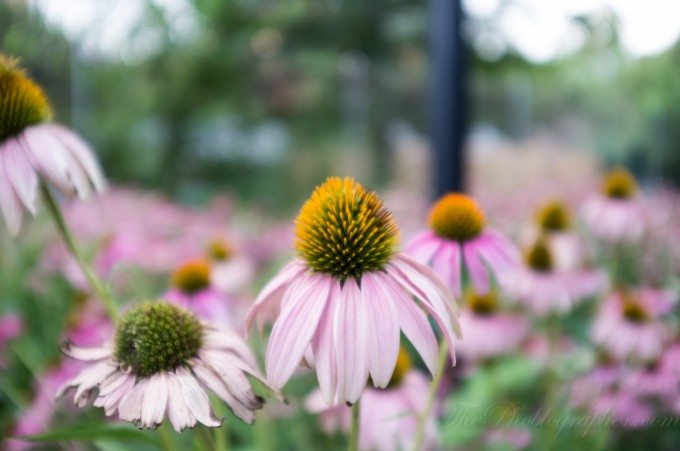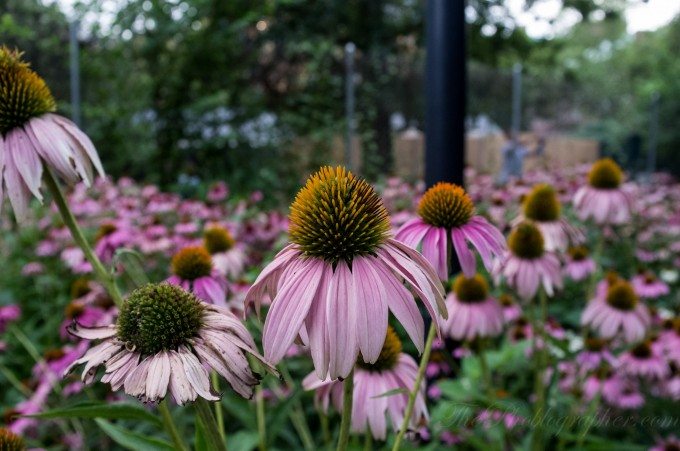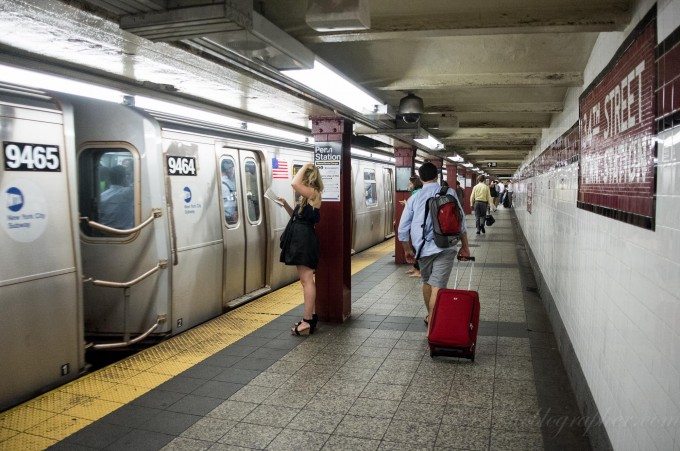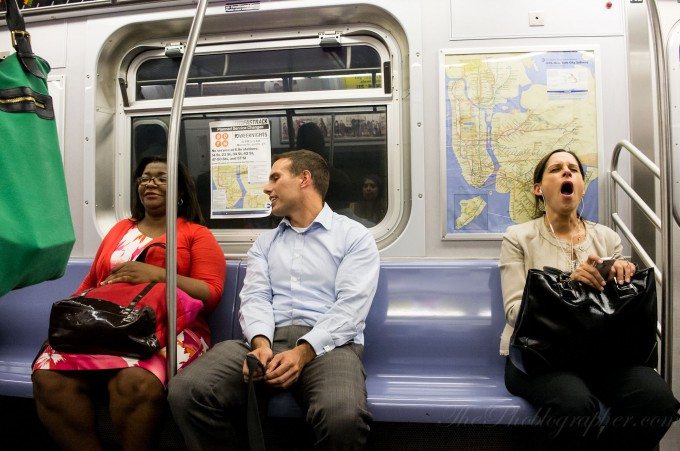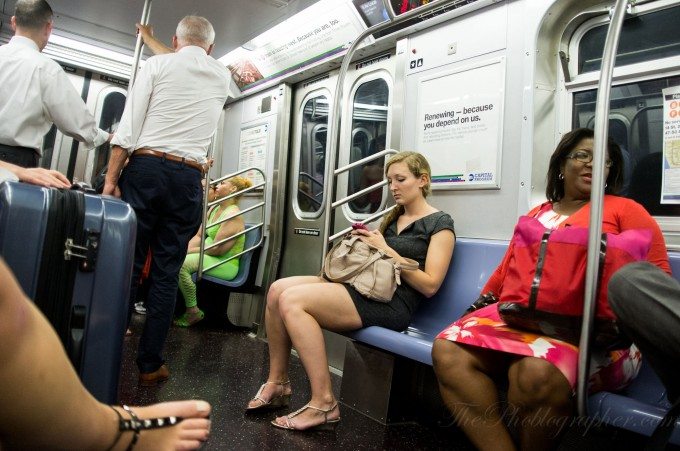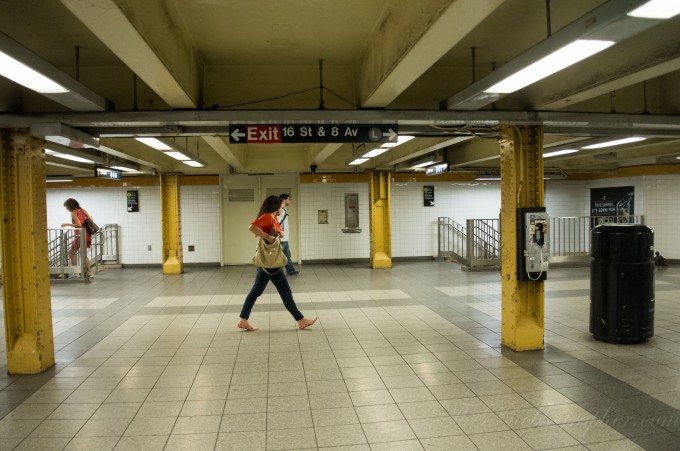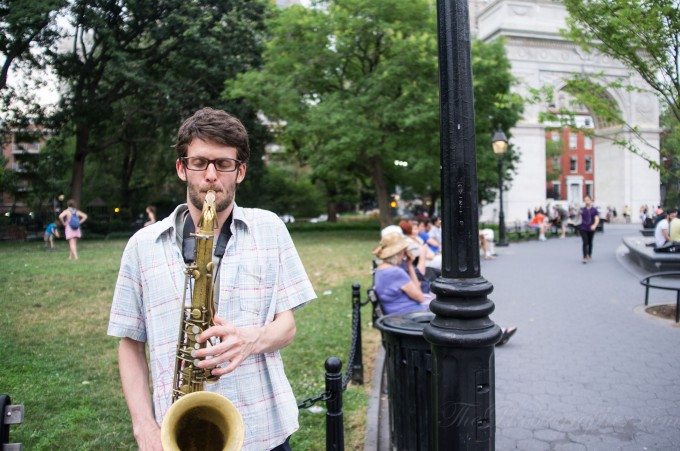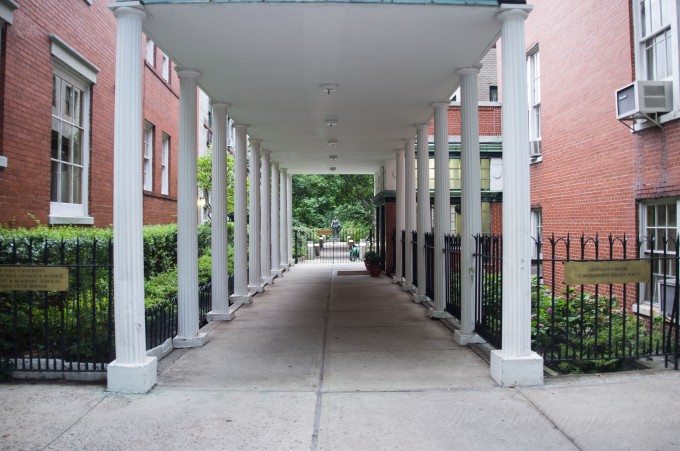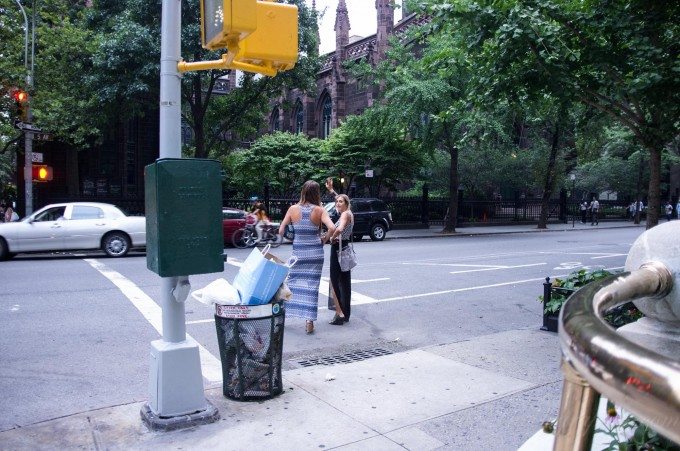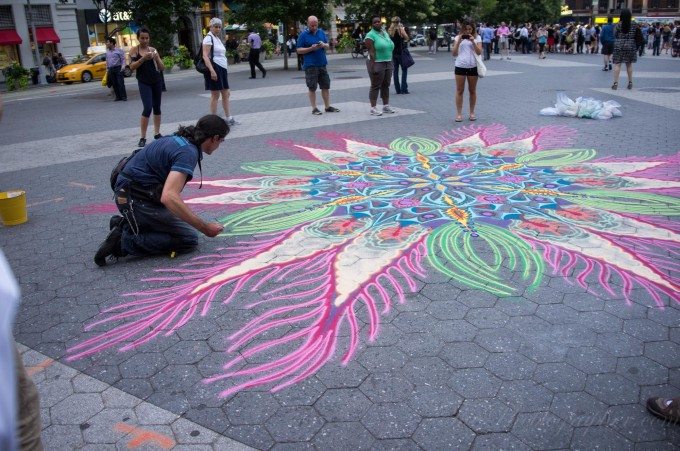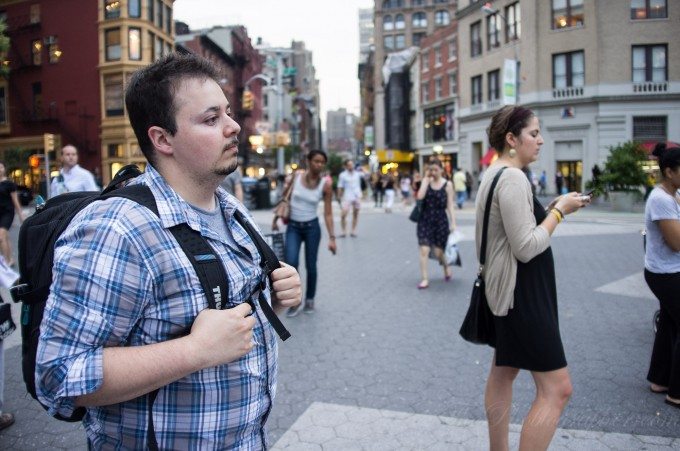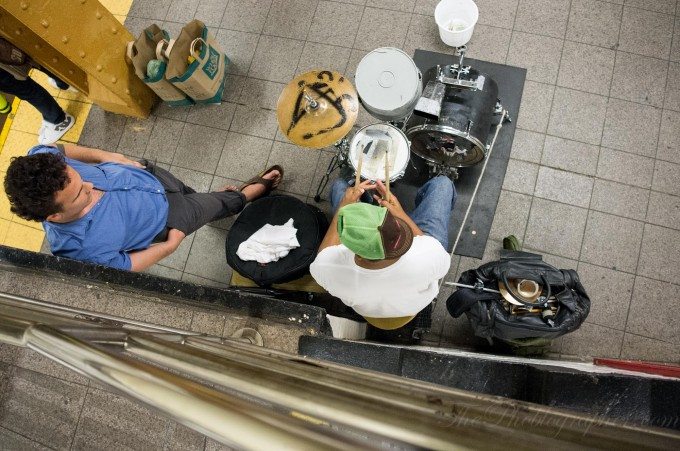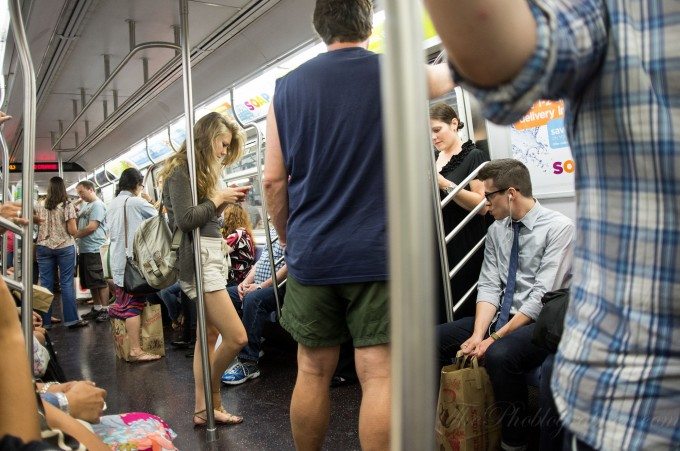Last Updated on 11/19/2012 by Chris Gampat
Wide angle adapters are often pieces of glass that no one with any knowledge of photos would recommend, but Fujifilm has been known to not skimp at all on the quality. The Fujifilm wide angle adapter for the X100 camera is one that we’ve been spending a little bit of quality time with and so far, we’ve been quite impressed with what it can do.
Gear Used
Other Posts of Interest
How the X100 Retaught me Street Photography
Eliminating Your Fear of Street Photography with the X100
X100 vs EP3 vs Leica M9-P for Street Photography
An X100 User’s Thoughts on the M9
Tech Specs
Specs taken from the B&H Photo listing.
| Magnification | 0.8x |
| Focal Length | f=19mm (equivalent to 28mm on a 35mm camera) |
| Elements/Groups | 4/3 |
| Filter Thread | 49 mm |
| Dimensions | 2.2 x 1.5″ (55 x 37 mm) |
| Weight | 5.3 oz (150 g) |
Ergonomics
The WCL, when attached to the X100, looks a lot like an old screwmount Leica lens. The build quality is solid, and it doesn’t make the camera look or feel overly large. It is also well balanced with the camera and to be quite honest, it feels like it should’ve been on there in the first place. This may partially be because of my years of rangefinder experience.
The adapter screws onto the camera once the filter thread cover is removed. Then, if you’d like, the same lens hood that can cover the X100’s lens can be screwed onto the WCL.
The adapter itself contains what seems to be no electronics and is really just a solid piece of glass encased in plastic and metal.
However, in the end it all seems to come together quite nicely and quite compactly. It can be a bit tough to both manually focus or control the aperture ring with this attached though. So it will take some muscle memory rewiring.
Image Quality
Adobe Lightroom 4 has a profile to correct distortion from the Fujifilm X100, but the WCL delivers some extra wide angle goodness, and as you can see from the quick informal image, does still cause a bit of distortion, but it is understandable that one would experience this.
While it has also been reported that the viewfinder will change accordingly when the conversion lens is attached, I’ve still found that the viewfinder doesn’t totally cover the entire area still. This happens even with parallex correction involved.
However, I must stay that the bokeh delivered from the lens is quite nice. Today, I was shooting Velvia because the image quality is quite nice, though I may go back to sticking with Astia, my favorite rendering from this camera.
Here it is at F2.
And here it is at F5.6. Below are some extra image samples:
First Impressions
While I’ve only spent less than 24 hours with the unit at the time of writing this post, I’m still quite impressed by it. I liked the X100’s image quality and feel that this is an essential piece of kit for all users of the camera so far. The distortion is kept down quite well. It is sharp, it doesn’t affect the autofocusing at all (which has greatly been improved), and it isn’t too large.
Additionally, when someone is looking at you on the subway, they think it is just a really nice looking camera. They won’t necessarily think that you’ve turned on the Live View mode and are taking a photo of them.
But much more to come on that later.
How should we test this adapter? Let us know in the comments below.
Please Support The Phoblographer
We love to bring you guys the latest and greatest news and gear related stuff. However, we can’t keep doing that unless we have your continued support. If you would like to purchase any of the items mentioned, please do so by clicking our links first and then purchasing the items as we then get a small portion of the sale to help run the website.


